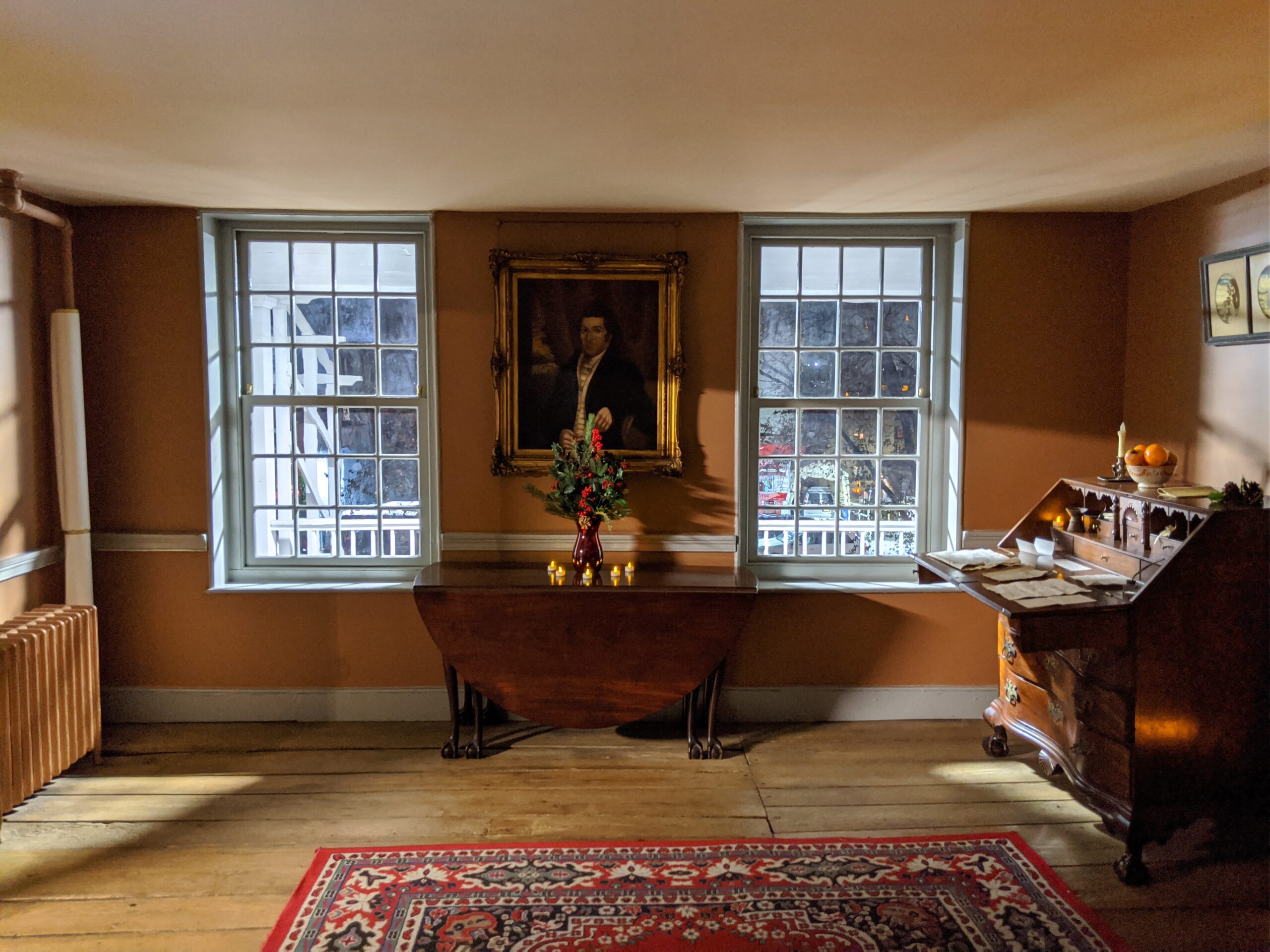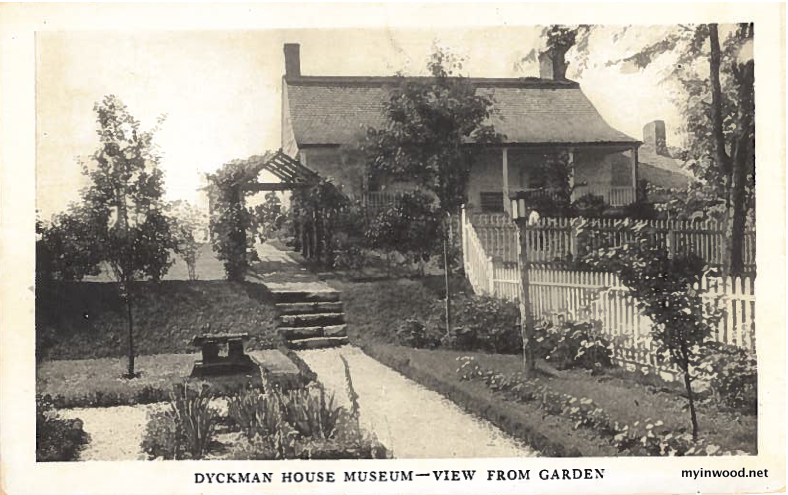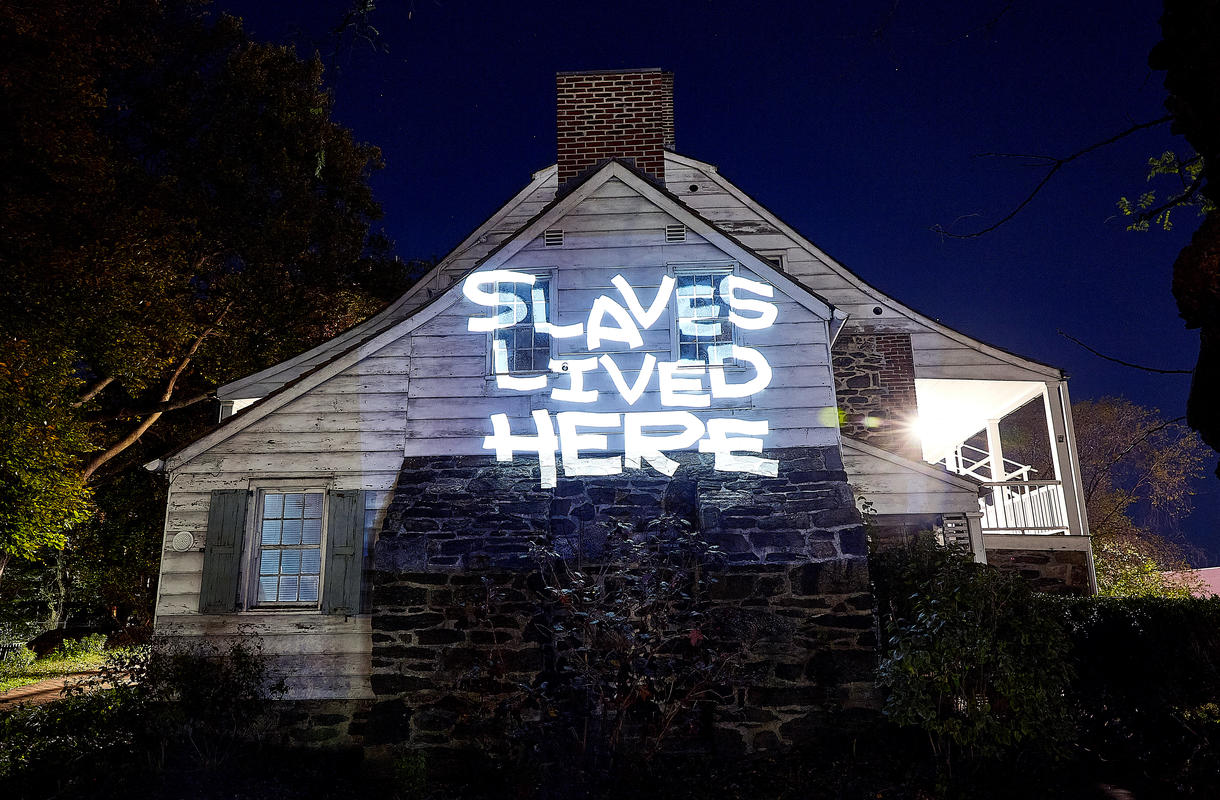Table Of Content

The new Dutch colony was named New Netherlands with its center, the island of Mannahatta, dubbed New Amsterdam. The settlement had a diverse set of occupants due to the immigrant laborers brought by the Dutch. These workers were mostly German, English, the Walloons, who are the French speakers of today's Belgium, and enslaved Africans. The Lenape used their hunting bounties to trade with other tribes along the island's rivers.

Hollyhock House
The Dyckman household moved about a half mile away to another part of their property. After it was sold by the Dyckmans in the 1870s, the house served as a hotel for a brief period of time. There were also roughly 20 people living in three other houses scattered across the roughly 250 acre farm.
Park Information
A fellow observer glanced my way, so I took the opportunity to ask whether he had ever heard of the ballpark there. When I asked whether he lived nearby, he gestured toward the Dyckman Houses. As a current resident of the area, he has no reference, no marker to inform him of the Dyckman Oval; the city provides no history of itself.
MUSEUM, PARK, & GARDEN
The Dyckman Farmhouse is the oldest 17th-century Dutch colonial-style farmhouse in New York City, an enduring remnant of the city's agricultural past. The Dyckman Farmhouse, built in the early 1780s, was once the center of a thriving farm, with fields and orchards of cherry, pear, and apple trees. The Dyckman family, for whom the house was named, lived in the house until the 1850s. The farmhouse consisted of two large parlors and two small bedrooms on the first floor.

Space Age Lodge and Restaurant
Developers, interested in capitalizing on rising real estate prices due to the IRT subway line’s extension to northern Manhattan, wanted to purchase the house and surrounding lots in 1915. As numerous historic structures in Manhattan had already been torn down, many people thought it was important to preserve the Dyckman Farmhouse for future generations of New Yorkers. Mary Alice Dyckman Dean and Fannie Fredericka Dyckman Welch, daughters of the last Dyckman child to grow up in this house, bought the property and gave it to the City of New York in 1916. An adjacent parcel to the northwest was donated to the City by the Dyckman Institute in 1943, increasing the park to its present size.
The 'Pedestrian' Who Became One of America's First Black Sports Stars
5 Historical Farms in NYC You Can Visit: Dyckman Farm, Wyckoff House, Decker Farm, Queens County Farm, Kingland ... - Untapped New York
5 Historical Farms in NYC You Can Visit: Dyckman Farm, Wyckoff House, Decker Farm, Queens County Farm, Kingland ....
Posted: Fri, 25 Oct 2013 07:00:00 GMT [source]
General admission is set at $3, free if you are a resident of Inwood or a student. Along with their husbands, they began a major restoration and furnishing project, striving to return the house to what they believed was its earliest appearance. In July 1916, the farmhouse was opened to visitors and has remained open ever since. In the mid-1600s, Jan Dyckman made the long voyage from Westphalia to New Amsterdam on Manhattan Island. By the time of the American Revolution, the family land had passed down to Jan’s grandson William. But when the British occupied Manhattan from 1776 to 1783, William Dyckman and his family fled to upstate New York.
Consider supporting our work by becoming a member for as little as $5 a month. Rapid development in the area was quickly turning the land from rural to urban, and with it many of the old farmhouses were being demolished. Seeing their old home under threat, Mary Alice Dyckman Dean and Fannie Fredericka Dyckman Welch bought the property in 1915 specifically to save it from being swallowed up by the urban sprawl. Other abodes were added to the property to accommodate the family's growing staff of farm laborers.
The Dyckman Family
We are intentionally multicultural and anti-racist and are committed to addressing the systemic injustices that keep women and families disenfranchised and living in poverty. Upon exiting head right towards Broadway and the elevated tracks of the 1 train. From the 1 train at 207th Street walk west on 207th Street until you reach Broadway, then walk south to 204th Street. Like many houses designed by Wright, Hollyhock House proved to be better as an aesthetic work than as a livable dwelling. Water tended to flow over the central lawn and into the living room, and the flat roof terraces were conceived without an understanding of Los Angeles's rains.
By 1820, there were 10 people living in the main Dyckman house with 20 others living among the three other houses on the farm. The first Dyckman to arrive in America, Jan, emigrated from Holland in the mid-1600s. Jan Dyckman, a shoemaker, and another Dutch settler, Jan Nagel, together purchased much of the land between present-day 155th Street and the northern end of the island. Members of the Dyckman and Nagel families lived on this land for three generations, until the Revolutionary War broke out. Meanwhile, artist Rachel Sydlowski uses the first floor of the house for an art installation that lets visitors look back through history through UV light. Her artworks are sprawled across the fireplace in the “front parlor”, a leisure room where slaves were forbidden entry.
Jacobus continued on, growing crops such as corn, cucumbers, cabbage and hay, and filling his orchards with cherry and apple trees. He died in 1832 and the land passed on, eventually to his grandson Isaac Michael Dyckman, whose two daughters would be responsible for the preservation of the farmhouse in 1915. By this time, much of the land had been sold off or divided between various family members. Upon their return after the war, the Dyckmans found their family home and orchards in ruins. William soon began to rebuild, however, albeit at a slightly different location on Kingsbridge Road (now Broadway). Less than five years later, the family and their enslaved workers had rebuilt the farmhouse, and rescued the orchards and 250 acres of land.
This initiative brings an inclusive history to the community, fosters a sense of transparency and, we hope, engages visitors who have not seen themselves represented in the current narrative. Now a museum, the Dyckman family home tells the story of rural Manhattan and the lifestyle of its early residents, as the island gradually changed from a farmland community to an ever-expanding urban metropolis. Built sometime around 1785, the Dyckman Farmhouse is a Dutch Colonial-style home that once stood on a 250-acre farm. Long since overrun by the booming city of New York, it now stands in a small park in the Inwood neighborhood of upper Manhattan. It’s both the oldest remaining farmhouse on the island, and the only one in the Dutch style. By the 1850s, the quantity of livestock being brought to market made Broadway a less pleasant place to live.
These ads were known to be full of detail including phenotypic appearance, clothing, languages spoken, and talents such as playing an instrument. Like any other piece of real estate, the Dyckman Farmhouse's boundaries ebbed over the centuries. But at one point the property's bounds would have spanned about 20 blocks from 213th Street down into the 190s in upper Manhattan.
The house is crawling with stylistic signs of its era, including splayed lintels, Flemish Bond brickwork, and doorway proportions that are typical of that era. It was built in the same year that Nicholas Stuyvesant married Catherine Livingston Reade. The society couple lived there until 1818, but the house stayed in the Stuyvesant family for generations.
No comments:
Post a Comment